7 September 2021
The secret desert fog oases
A team of researchers from the UK, Peru and Chile have mapped in detail, for the first time, the unique fog-oasis of the 3000km desert ecosystems of South America.

Stretching along the pacific coast of Peru and Chile, the Sechura and Atacama hyper arid belt is considered the driest, and perhaps oldest, desert in the world.
Despite a lack of rainfall, hilltops of vegetation thrive like a continental scale island archipelago through the desert.
Generated from Pacific Ocean currents and onshore winds, thick fog layers drift onto the dry coastline and hilltops, creating fog oasis ‘islands’ of vegetation to flourish in the desert.
These poorly known areas are bursting with uniquely adapted biological diversity, entirely dependent on fog for their moisture.
They can be known as Lomas in Peru or Oasis de Niebla in Chile.
These hidden ecosystems are extremely difficult to map due to their fleeting nature and the thick blanket fog that shrouds them, and they may only flourish every decade.
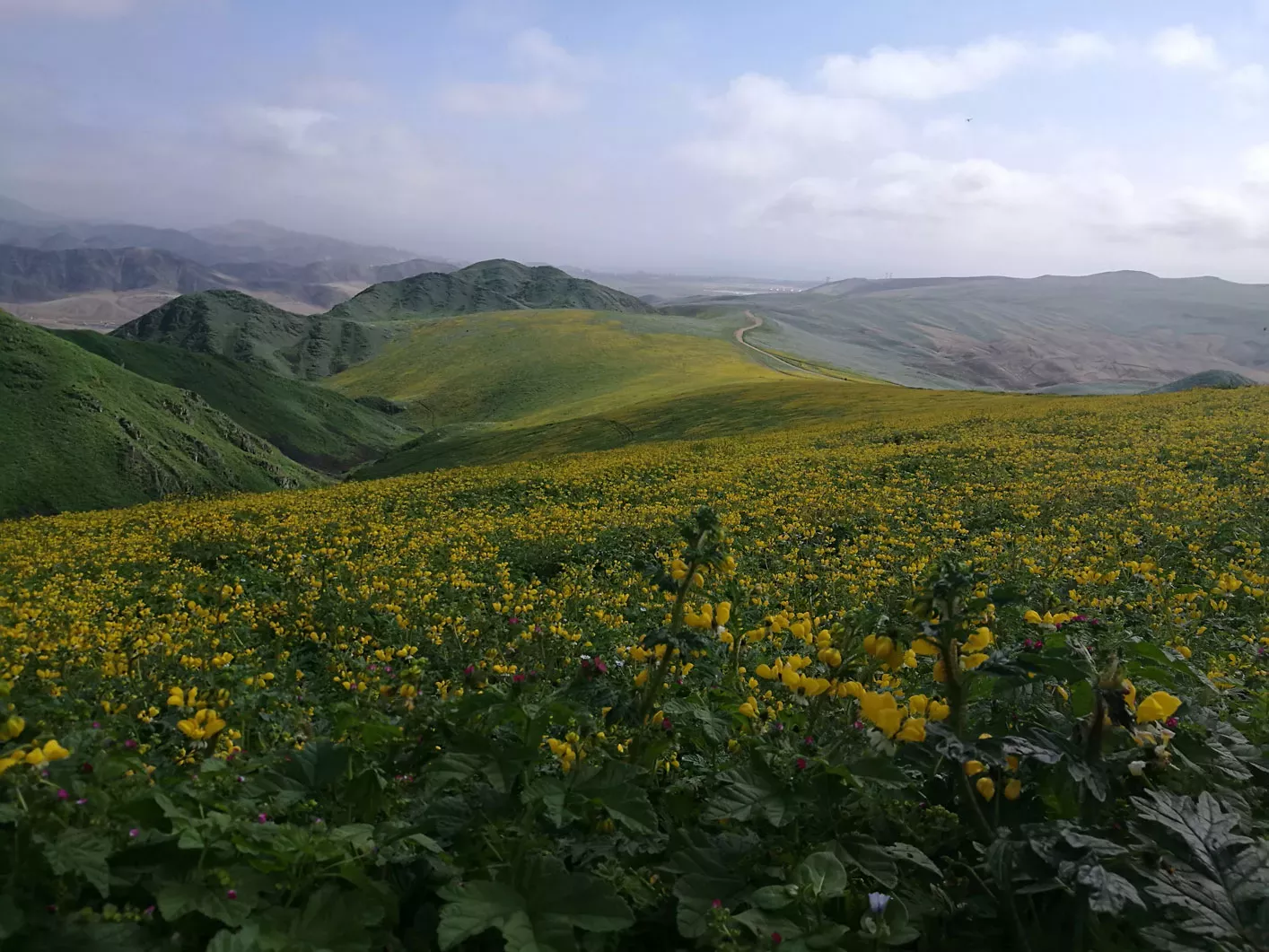
Unveiling desert secrets
For the past 20 years, we’ve been working with our partners in the UK, Peru, and Chile, to gain a better understanding of these fog oasis species and habitats.
We processed a huge stack of satellite imagery (over twenty years of daily images) using the latest cloud computing and Google engine technology, to see through the fog, and map the oases along the South American arid coast.
By combining this with extensive and repeated monitoring on the ground, for the first time these partially ephemeral ecosystems have been quantified in precise detail.
Astonishingly, we mapped over four times more fog oases than previously recorded, with a productive area of over 17,000 km2 (10 times the size of London).
The research revealed hidden layers of life, uncovering vast plant and animal habitats, many of which have few or no scientific records.
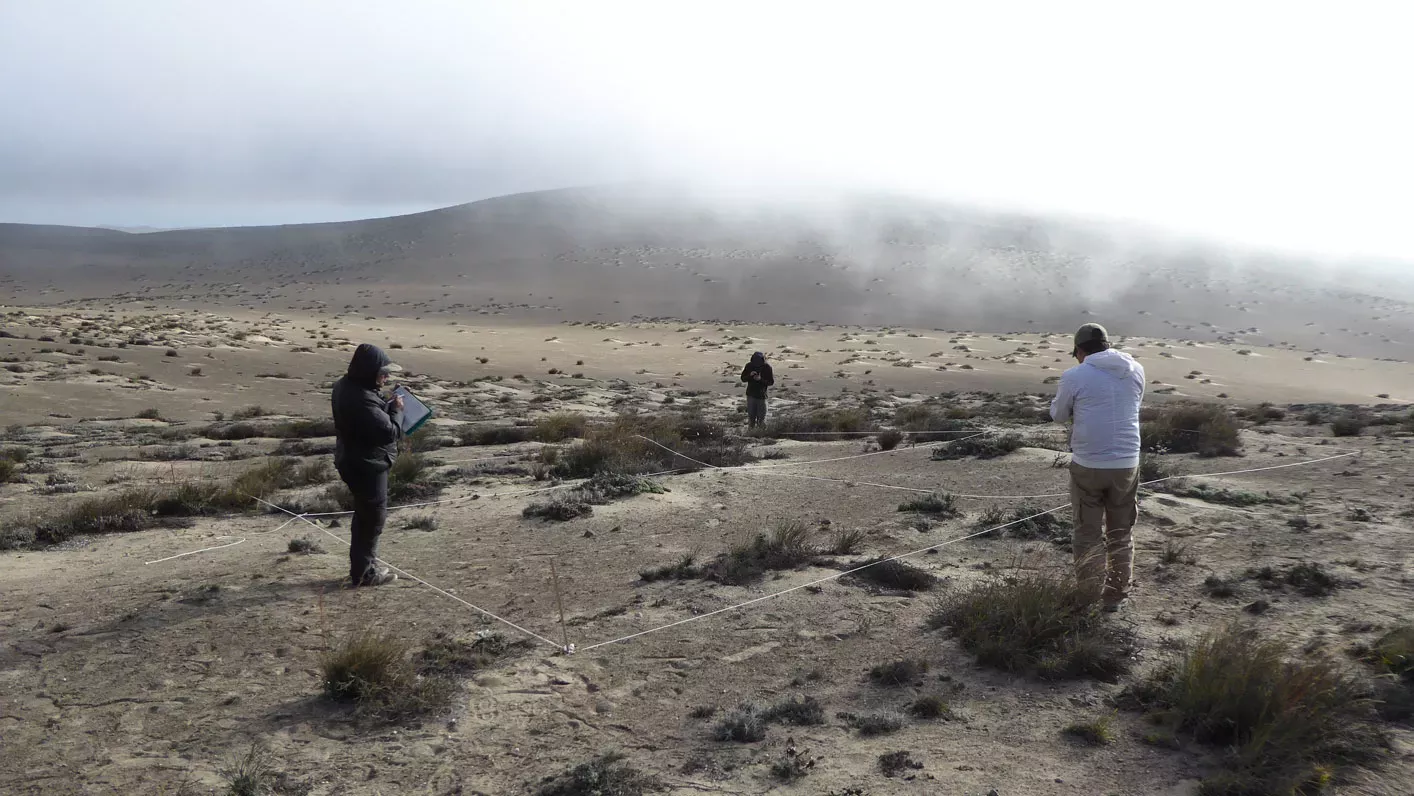
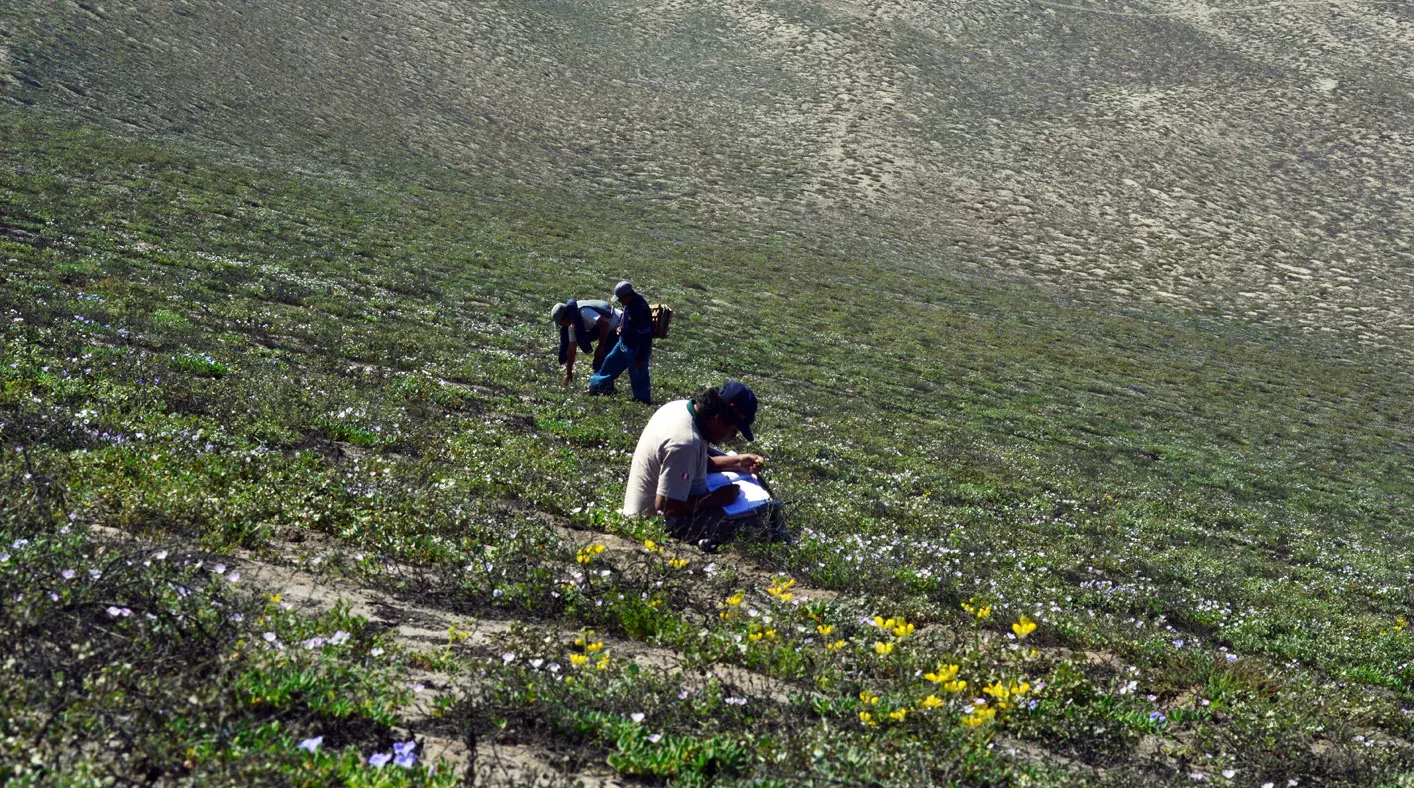
Rare ecosystems under threat
These ecosystems are truly astonishing and globally very rare.
It’s amazing to think that over 58% of Peru’s population live alongside (or within) these unique ecosystems.
They are vital for water, clean air, culture and human wellbeing.
Many endemic species are also housed within them, including wild tomatoes, medicinal plants, and animal populations such as rare coastal Andean condor populations, desert fox, lizards and wild llama subspecies (guanaco).
However, these fog oases are intrinsically linked to coastal topology, temperature and shifting ocean currents, which makes them extremely fragile and sensitive to natural and human induced climate change.
Urbanisation, mining, invasive plants, overgrazing and off-road vehicles are all factors threatening the ecosystems.
Car tracks are even still visible on the ground, many years after the vehicles have moved on, and many fog-oases have been completely eradicated by urban expansion and mining.
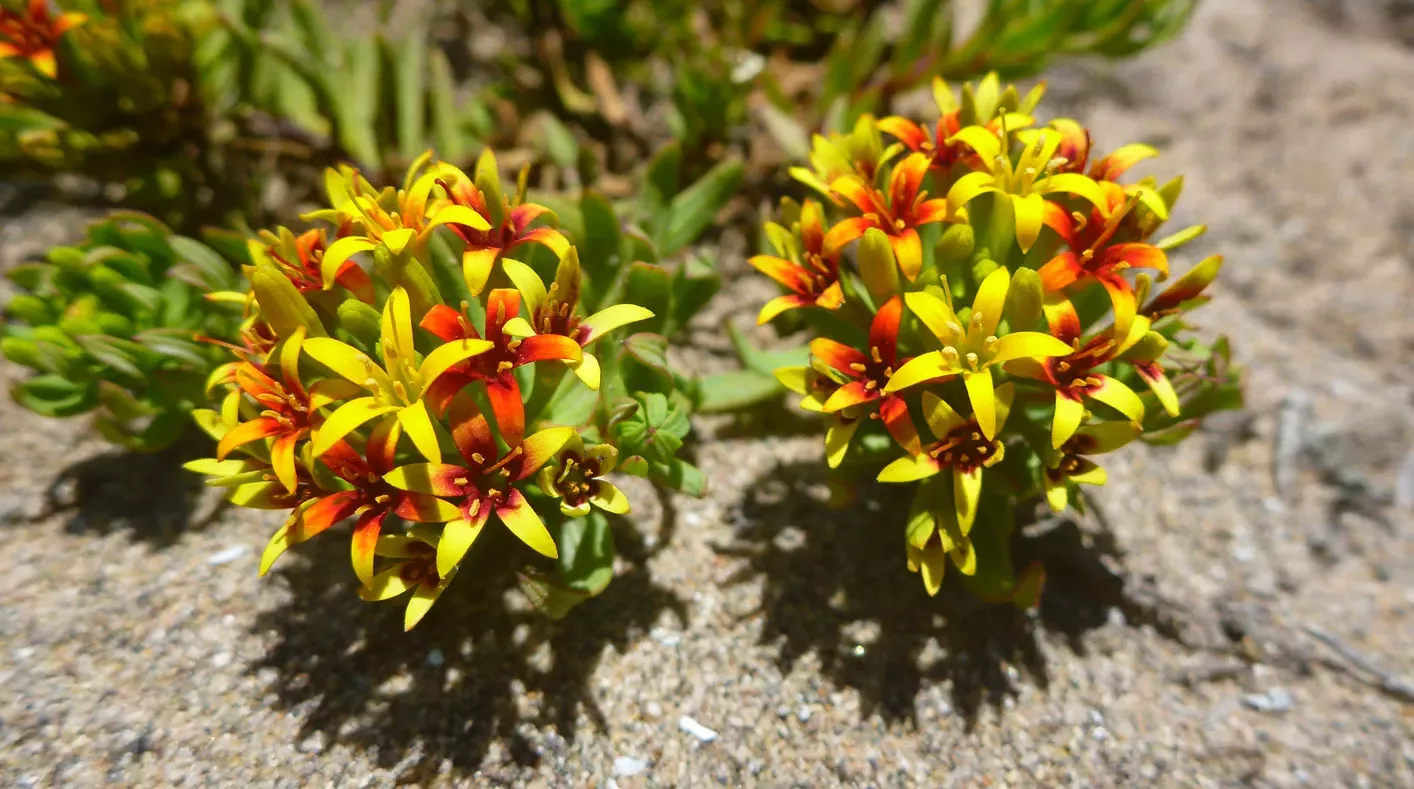
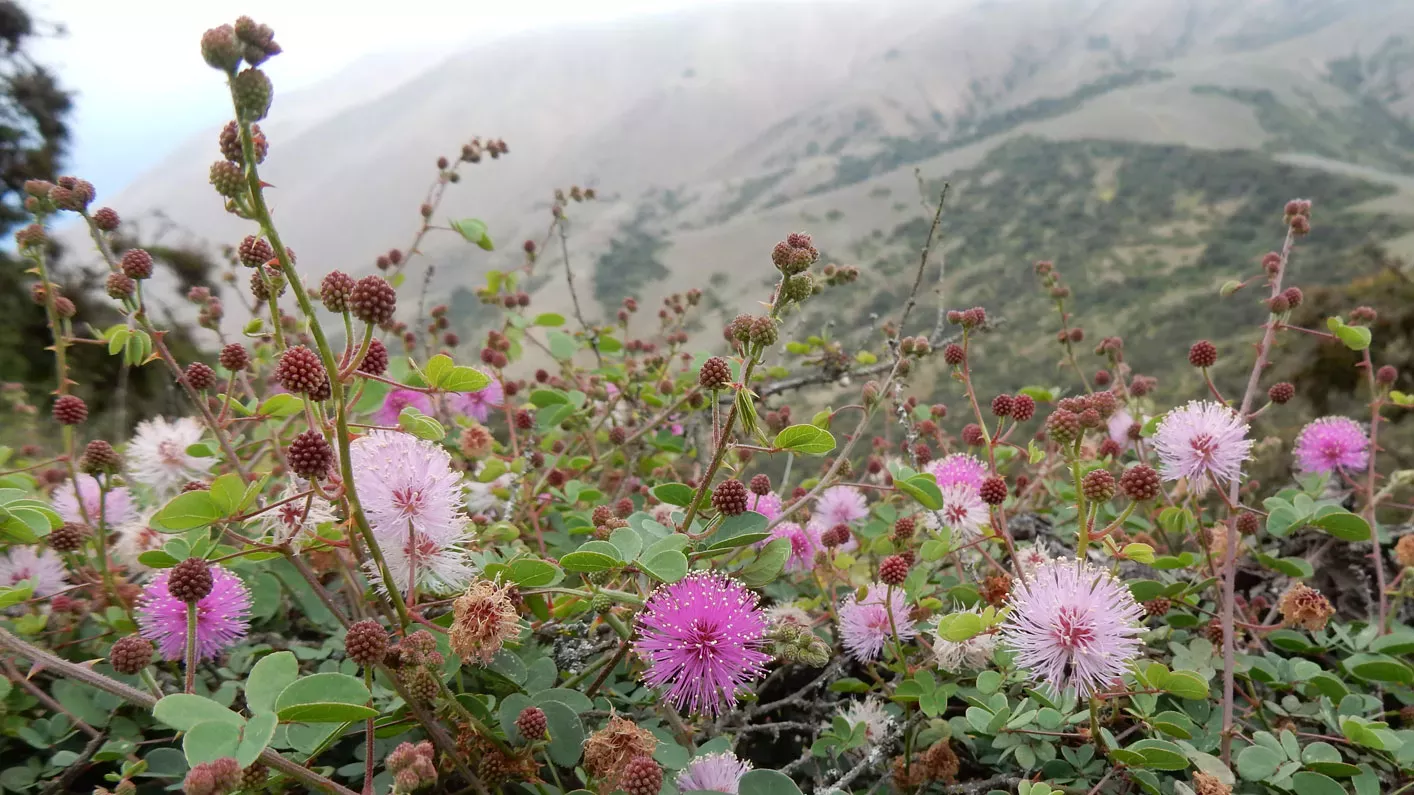
Protecting fog oases
Our overarching aim is to establish a continental coastal chain of protected fog oases.
We hope this will form a continuous monitoring network, to protect biodiversity and better understand terrestrial / marine coupling, climate change and El Niño and El Niña cycles (ENSO).
Using a combination of drone mapping, historical satellite analysis, and detailed groundwork, our team have provided delimitation for Reserva Nacional San Fernando and its critical plant habitats.
The area is at present seeing a small, but significant, recovery of a highly endangered Guanaco population, providing reasons for hope.
We are currently working, with leverage of a grant from The National Geographic Society, and with the Peruvian government authorities, to establish a significant protected area and a concession for conservation.
We hope our multinational collaboration for this conservation and fog oasis paper, will drive funding and education for local researchers and schools’ programmes in Peru and Chile.

Read the paper
Moat, J., Orellana-Garcia, A., Tovar, C. et al. (2021) Seeing through the clouds – Mapping desert fog oasis ecosystems using 20 years of MODIS imagery over Peru and Chile. International Journal of Applied Earth Observation and Geoinformation 103: 102468.
References
Whaley, O.Q., Orellana-Garcia, A. & Pecho-Quispe, J.O. (2019) An Annotated Checklist to Vascular Flora of the Ica Region, Peru—with notes on endemic species, habitat, climate and agrobiodiversity. Phytotaxa 389
Acknowledgments
Thank you to our collaborators at: Royal Botanic Garden, Edinburgh, UK; Universidad Nacional Mayor de San Marcos; Museo de Historia, Natural and Facultad de Ciencias Biológicas, Lima, Peru; Huarango Nature, Lima, Peru; Biota Gestión y Consultorías Ambientales, Chile; Centro del Desierto de Atacama, Pontificia Universidad Católica de Chile, Santiago, Chile; Universidad Continental, Cusco, Peru; Proyecto para la conservación, gestión y rehabilitación de los ecosistemas frágiles de lomas en Lima (EbA Lomas) SERNANP – PNUD, Lima Peru; Rainforest Concern, Bath, UK; Fundación Chilco, Santiago, Chile.



